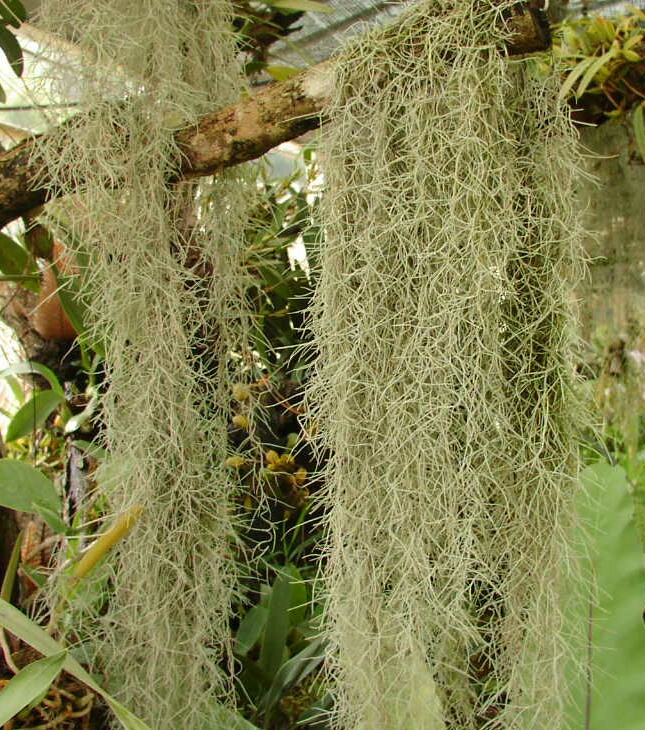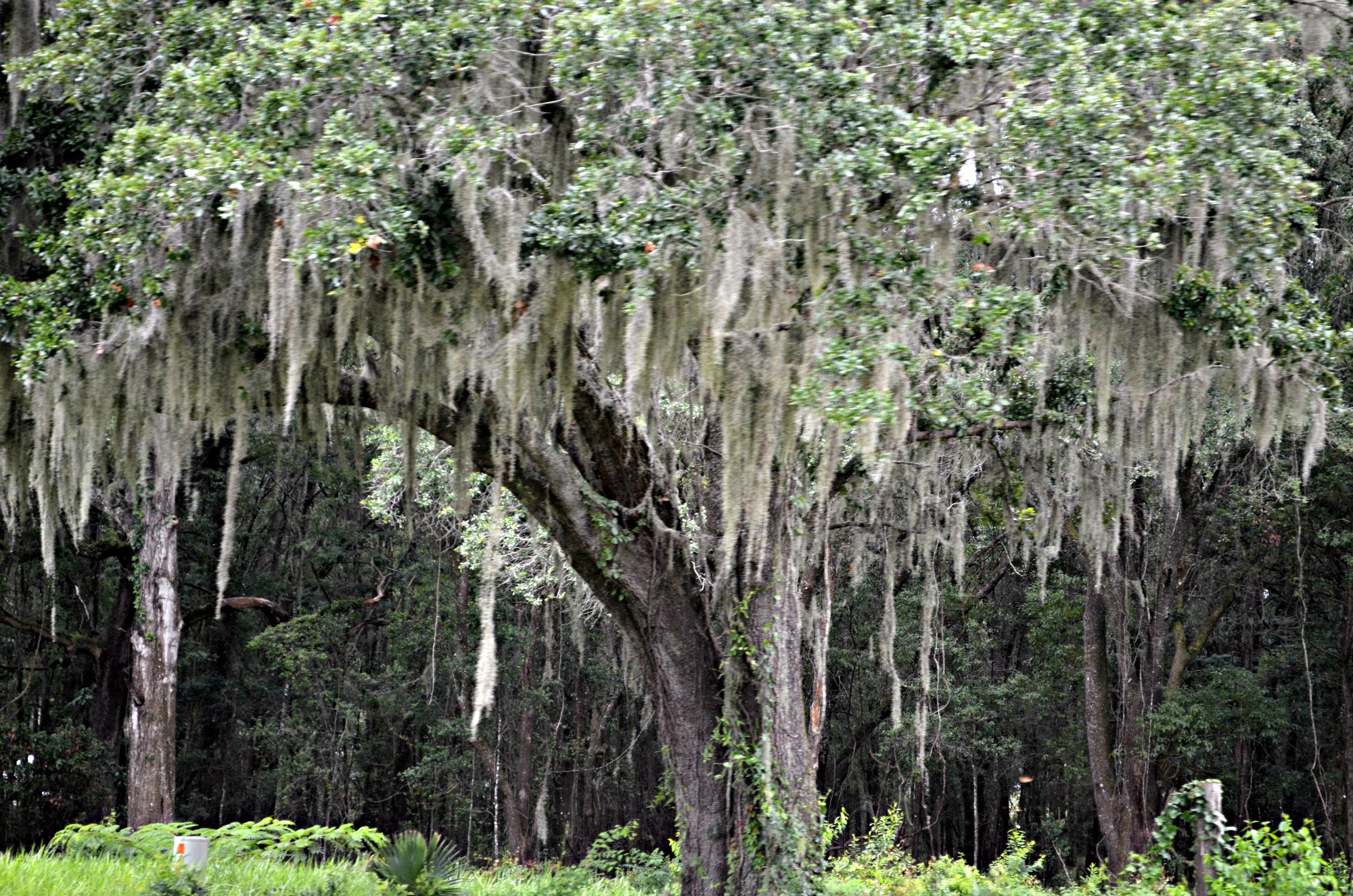Useful stuff is moss, and there's a lot of it around in some places.
Sphagnum is particularly useful, being soft, moist, and absorbent, and pretty much sterile of anything that'd do us a mischief. Dries well, packs safely, doesn't stink...good stuff.
What other uses though ?
Our roof drops masses after every dry spell followed by heavy rain, and I've been using it to line hanging baskets for years. It just kind of occurred to me that I'd never tried doing anything much else with it though.
The trees along side the high fence are covered with moss too, not the same stuff as the peat bog variety, but still green, and a lot of it. One of the ponds constantly overflows and the grass there is more moss than grass. More environmentally friendly to burn that tumbledryer lint I suppose.
M
Sphagnum is particularly useful, being soft, moist, and absorbent, and pretty much sterile of anything that'd do us a mischief. Dries well, packs safely, doesn't stink...good stuff.
What other uses though ?
Our roof drops masses after every dry spell followed by heavy rain, and I've been using it to line hanging baskets for years. It just kind of occurred to me that I'd never tried doing anything much else with it though.
The trees along side the high fence are covered with moss too, not the same stuff as the peat bog variety, but still green, and a lot of it. One of the ponds constantly overflows and the grass there is more moss than grass. More environmentally friendly to burn that tumbledryer lint I suppose.
M



